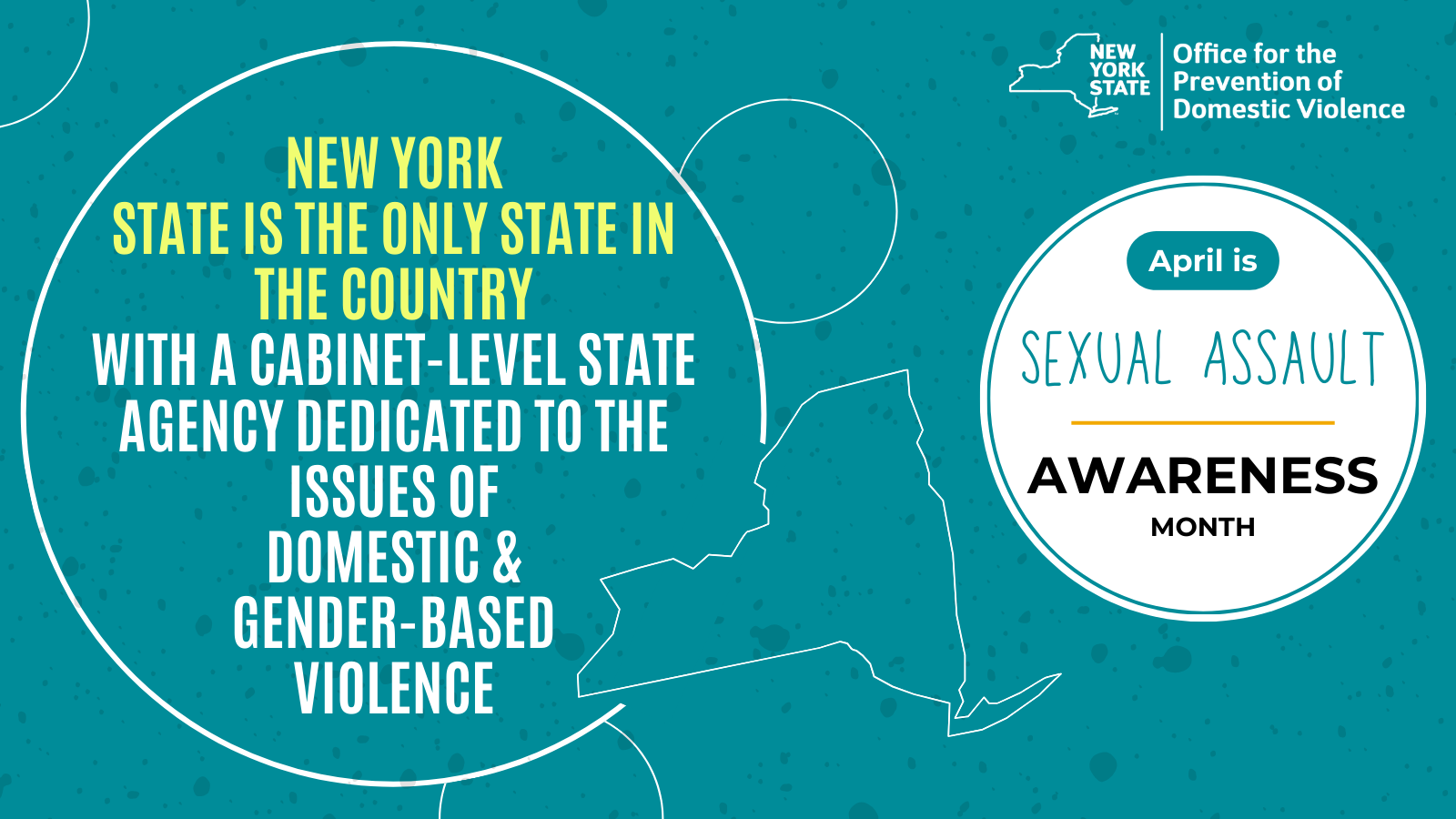
Often hidden in the shadows, sexual assault and human trafficking remain a stark reality. These two issues are often addressed separately, yet a closer examination reveals disturbing connections. April is Sexual Assault Awareness Month, an important time to bring to light their common causes and interrelatedness.
The Link Between Sexual Assault and Human Trafficking
Sexual assault and human trafficking both have their basis in the exploitation of power and control over individuals, often fueled by inequality, poverty and systemic injustices.
There’s also significant overlap among their victims. According to a report by the United Nations Office on Drugs and Crime, a significant proportion of human trafficking victims experience sexual violence during their exploitation. 1 Whether it’s forced prostitution, sexual slavery or other forms of sexual exploitation, victims of trafficking are frequently subjected to sexual assault as a means of exerting control and dominance.
Additionally, individuals who have experienced sexual assault may become more vulnerable to trafficking due to the psychological trauma, shame and stigma associated with their victimization and the normalization of sexual violence in their lives. Perpetrators of trafficking often prey on these vulnerabilities, exploiting survivors’ desperation and lack of support systems.
Root Causes and Vulnerabilities
To address the interconnectedness of sexual assault and human trafficking, it’s crucial to examine the root causes and vulnerabilities that contribute to both. Poverty, a lack of education, gender inequality and social marginalization are among the key factors that increase individuals’ susceptibility to exploitation.
Marginalized communities, including women and children from low-income backgrounds, migrants and LGBTQ+ individuals, are disproportionately affected by both sexual assault and trafficking. 2 Discriminatory social norms and attitudes further exacerbate their vulnerability, perpetuating cycles of abuse and exploitation.
Challenges and Solutions
Addressing the intersection of sexual assault and human trafficking requires a multifaceted approach that encompasses prevention, protection and prosecution. This involves:
Raising Awareness
Increasing public awareness about the link between sexual assault and trafficking is essential to combatting these crimes. Education campaigns, advocacy efforts and community outreach initiatives can help dispel myths and misconceptions while empowering individuals to recognize the signs of exploitation and seek support.
- You can schedule a free presentation by LifeWay for your classroom, community group or workplace. Email [email protected] for details.
Enhancing Support Services
Providing comprehensive support services, including trauma-informed care, counseling and legal assistance, is critical for survivors of sexual assault. Accessible and culturally sensitive support networks play a crucial role in helping survivors rebuild their lives, pursue justice and avoid falling prey to traffickers.
- LifeWay operates two safe houses for women survivors of human trafficking in New York City. You can donate to our program of housing and trauma-informed care at lifewaynetwork.org.
Strengthening Legal Frameworks
Strengthening legal frameworks and enhancing enforcement are essential for holding perpetrators accountable and preventing further victimization. This includes implementing robust anti-trafficking laws and promoting collaboration among law enforcement agencies and social service organizations.
- LifeWay Network participates in advocacy efforts on behalf of trafficking survivors. You can follow along on Instagram and Facebook, where we share news of our advocacy work and identify legislation that you too can advocate for.
Tackling Root Causes
Addressing the common causes of sexual assault and human trafficking, such as poverty, inequality and social marginalization, requires concerted efforts at the local, national and international levels. Investing in education, economic empowerment and social support systems can help create a more resilient and equitable society where individuals are less vulnerable to exploitation. 3
The nexus between sexual assault and human trafficking underscores the need for a coordinated and holistic response to these interconnected issues. By addressing the underlying factors that perpetuate exploitation and vulnerability and continuing to provide education on what sexual assault and human trafficking look like and how they happen, we can work toward creating a world where everyone is free from the threat of violence and exploitation.
By Julianne Will
April 5, 2024
Resources
- United Nations Office on Drugs and Crime (UNODC, “Global Report on Trafficking in Persons,” 2020, https://www.unodc.org/documents/data-and-analysis/tip/2021/GLOTiP_2020_15jan_web.pdf.
- International Labour Organization, “Forced Labour, Modern Slavery and Human Trafficking.” 2021, https://www.ilo.org/global/topics/forced-labour/lang–en/index.htm.
- United Nations, “Transforming Our World: The 2030 Agenda for Sustainable Development,” 2015, https://sdgs.un.org/2030agenda.
